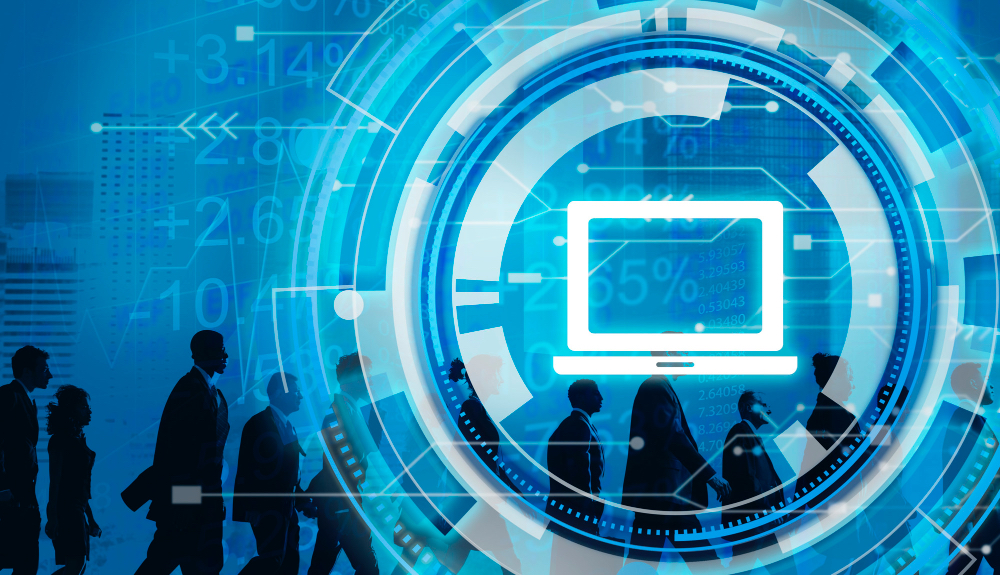A significant shift in property law has occurred in the United Kingdom, as digital assets are gaining formal recognition as personal property.
The Property Digital Assets Act has received Royal Assent, giving owners of cryptocurrency and non-fungible tokens clearer legal rights and stronger protection. Greater certainty over ownership aims to reduce disputes and strengthen trust in the sector.
The government aims to boost the country’s position as a global centre for legal innovation, rather than merely reacting to technological change. The new framework reassures fintech companies that England, Wales and Northern Ireland can support modern commercial activity.
As part of a wider growth plan, the change is expected to stimulate further investment in a legal services industry worth more than £ 40 billion annually.
Traditional law recognised only tangible items and legal rights, yet digital assets required distinct treatment.
The Act creates a new category, allowing certain digital assets to be treated like other property, including being inherited or recovered during bankruptcy. With cryptocurrency fraud on the rise, owners now have a more straightforward path to remedy when digital assets are stolen.
Legal certainty also simplifies commercial activity for firms handling crypto transactions. The move aligns digital assets with established forms of property rather than leaving them in an undefined space, which encourages adoption and reduces the likelihood of costly disagreements.
The government expects the new clarity to attract more businesses to the UK and reinforce the country’s role in shaping future digital regulation.
Would you like to learn more about AI, tech and digital diplomacy? If so, ask our Diplo chatbot!










